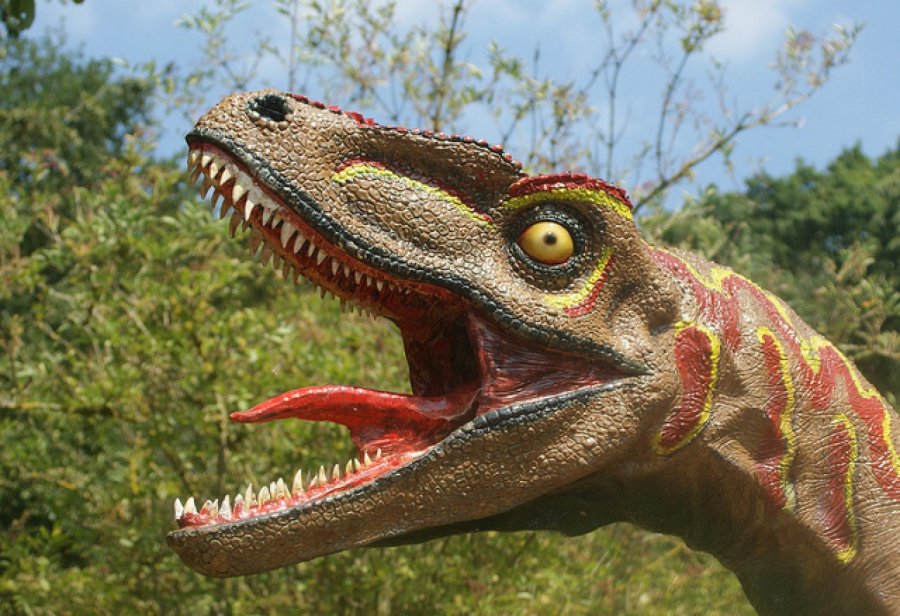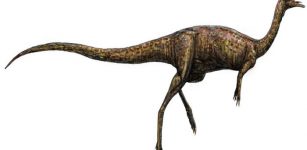T. Rex And Other Dinosaurs Couldn’t Stick Out Their Tongues, New Research
MessageToEagle.com – A new research reveals that dinosaurs couldn’t stick out their tongues like lizards.
Instead, their tongues were probably rooted to the bottoms of their mouths in a manner akin to alligators.
“Tongues are often overlooked. But, they offer key insights into the lifestyles of extinct animals,” said lead author Zhiheng Li, an associate professor at the Key Laboratory of Vertebrate Evolution and Human Origins of the Chinese Academy of Sciences.

Researchers from the University of Texas at Austin and the Chinese Academy of Sciences made the discovery by comparing the hyoid bones of extinct dinosaurs, pterosaurs and alligators to the hyoid bones and muscles of modern birds and alligator specimens. Hyoid bones act as anchors for the tongue in most animals, but in birds these bones can extend to the tip.
Because extinct dinosaurs are related to crocodiles, pterosaurs and modern birds, comparing anatomy across these groups can help scientists understand the similarities and differences in tongue anatomy and how traits evolved through time and across different lineages.
The results of the study indicate that hyoid bones of most dinosaurs were like those of alligators and crocodiles — short, simple and connected to a tongue that was not very mobile. Co-author and Jackson School Professor Julia Clarke said that these findings mean that dramatic reconstructions that show dinosaurs with tongues stretching out from between their jaws are wrong.
“They’ve been reconstructed the wrong way for a long time,” Clarke said. “In most extinct dinosaurs their tongue bones are very short. And in crocodilians with similarly short hyoid bones, the tongue is totally fixed to the floor of the mouth.”
Clarke is no stranger to overturning dinosaur conventions. Her 2016 study on dinosaur vocalizations found evidence that large dinosaurs might make booming or cooing sounds, similar to the sounds made by crocodiles and ostriches.
The researchers found that pterosaurs, bird-like dinosaurs, and living birds have a great diversity in hyoid bone shapes. They think the range of shapes could be related to flight ability, or in the case of flightless birds such as ostriches and emus, evolved from an ancestor that could fly. The researchers propose that taking to the skies could have led to new ways of feeding that could be tied to diversity and mobility in tongues.
“Birds, in general, elaborate their tongue structure in remarkable ways,” Clarke said. “They are shocking.”
That elaboration could be related to the loss of dexterity that accompanied the transformation of hands into wings, Li said.
“If you can’t use a hand to manipulate prey, the tongue may become much more important to manipulate food,” Li said. “That is one of the hypotheses that we put forward.”
The research was published June 20 in the journal PLOS ONE.
MessageToEagle.com










